Aǧúyabskuyela, 2020
"How do I learn to mourn? How do our relatives support our mourning?"
This performance involves decorating funerary cakes while calling friends, relatives, and kin to talk about feeding others at funerals and other occasions where feeding people cake is not only contemporary tradition, but verges into the realm of protocol. As we face death in the world, Kite hopes to turn towards protocols for mourning to process the death of beings, human and non-human.
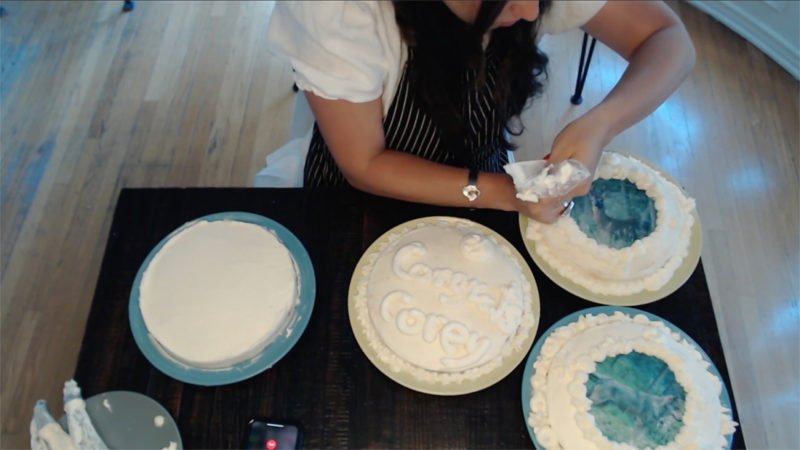
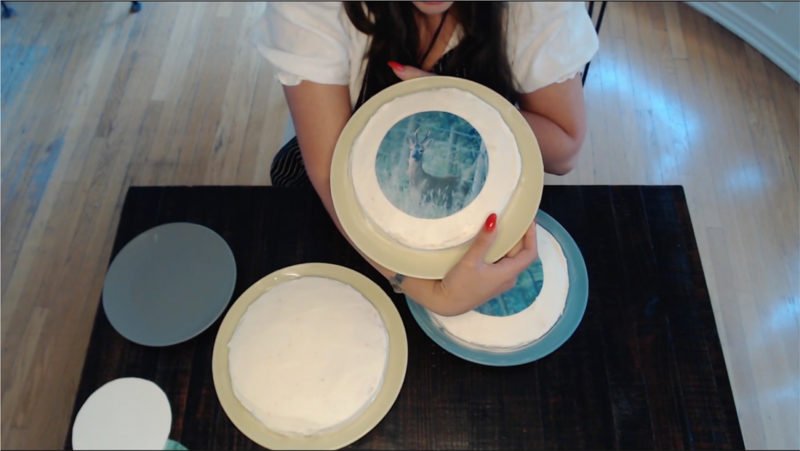
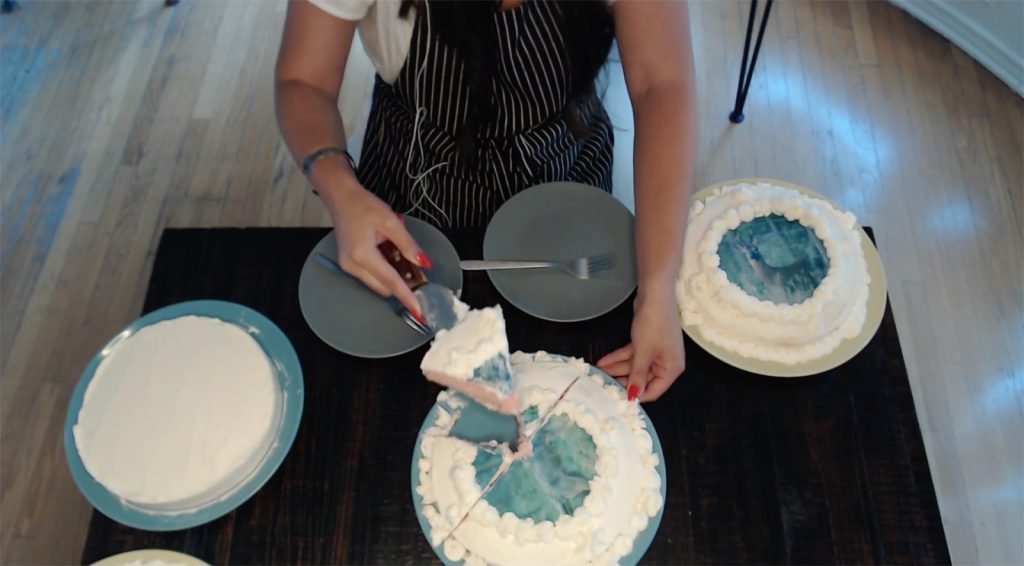
Sharing cakes at funeral wakes is a very common practice common amongst the Lakota people and other Turtle Island communities; often these cakes have an image of the deceased imprinted in the frosting. Danie Koskan writes, “The bereaved are expected to feed anyone who comes to call, and often it’s a steady stream of people paying their respects. Feeding so many people can get expensive, so some families choose to limit the wake to one night.” Lakota ceremonies for death not only purify the soul of the deceased but help to heal relatives and community members.
This cake series is the beginning of what will be a long term sculptural and performative practice where Kite will make edible and inedible funerary cakes. This practice began at the Toronto Biennial in collaboration with Althea Thauberger, where the artists mourned the death of the conch shells used in the performance by feeding the audience members cakes. For this live stream, Kite will mourn the death of the English Wolf, now extinct, and Roe Deer, which was near extinction 300 years ago. This first cake draws on Phil Deloria’s book Playing Indian, which discusses how fights for hunting rights in Great Britain led to English settlers dressing up as Indians during the American Revolution and beyond, shaping the American identity. Other cakes will be in mourning of extracted metals used when creating Artificial Intelligence, the future deaths of cancer victims as a result of Uranium mining beginning in South Dakota, and the deaths of loved ones we prepare ourselves to mourn for in the coming weeks, years, and decades.
2021
These works are part of the artist’s ongoing performance and sculpture series that considers protocols for mourning to process the death of human and non-human beings. Often imprinted with an image of the deceased, such cakes are commonly shared at funeral wakes in Lakota and other Turtle Island communities. Lakota ceremonies for death purify the soul of the deceased and help to heal relatives and community members.
The images on these cakes reference the environmental and human impacts of uranium mining. Operated by a Crown Corporation of the Canadian government from 1953 to 1982, the Beaverlodge uranium mine’s activities resulted in the contamination of a number of watersheds in the Uranium City area of northern Saskatchewan. Radionuclides such as uranium, radium, lead and polonium accumulate in lichens eaten by caribou. As it moves up the food chain, radioactivity will concentrate, threatening the food security and health of those who rely upon the caribou for sustenance.
The presence of uranium mining has been ubiquitous throughout Indigenous territories such as the Dene and Inuit in Canada as well as the Dine (Navajo) and Lakota in the United States, among many others. In mourning the impacts of this industry, Kite also draws attention to the continued resistance against it as a path to healing in itself.
2023
Sharing cakes at funeral wakes is a practice common amongst the Lakȟóta people; often, these cakes have an image of the deceased imprinted in the frosting. Kite, an Oglála Lakȟóta performance artist and composer, explores this tradition in a performance in which she decorates funerary cakes made from local indigenous ingredients while speaking with friends, relatives, and elders about traditions, kin, land, and species they have lost. As we face death in the world, Kite hopes to turn towards protocols for mourning to process the death of beings, human and non-human. Cake and coffee will be served.
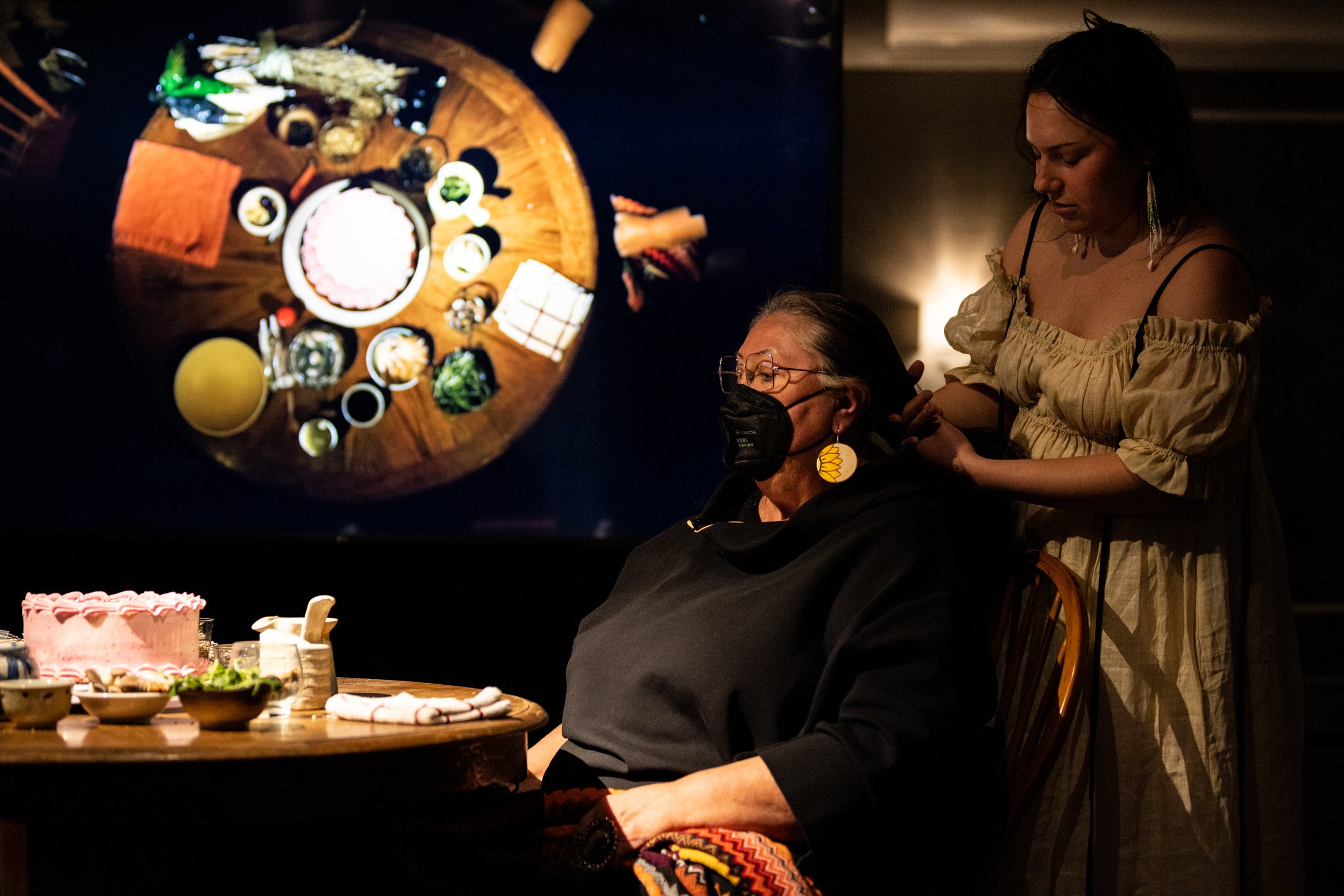
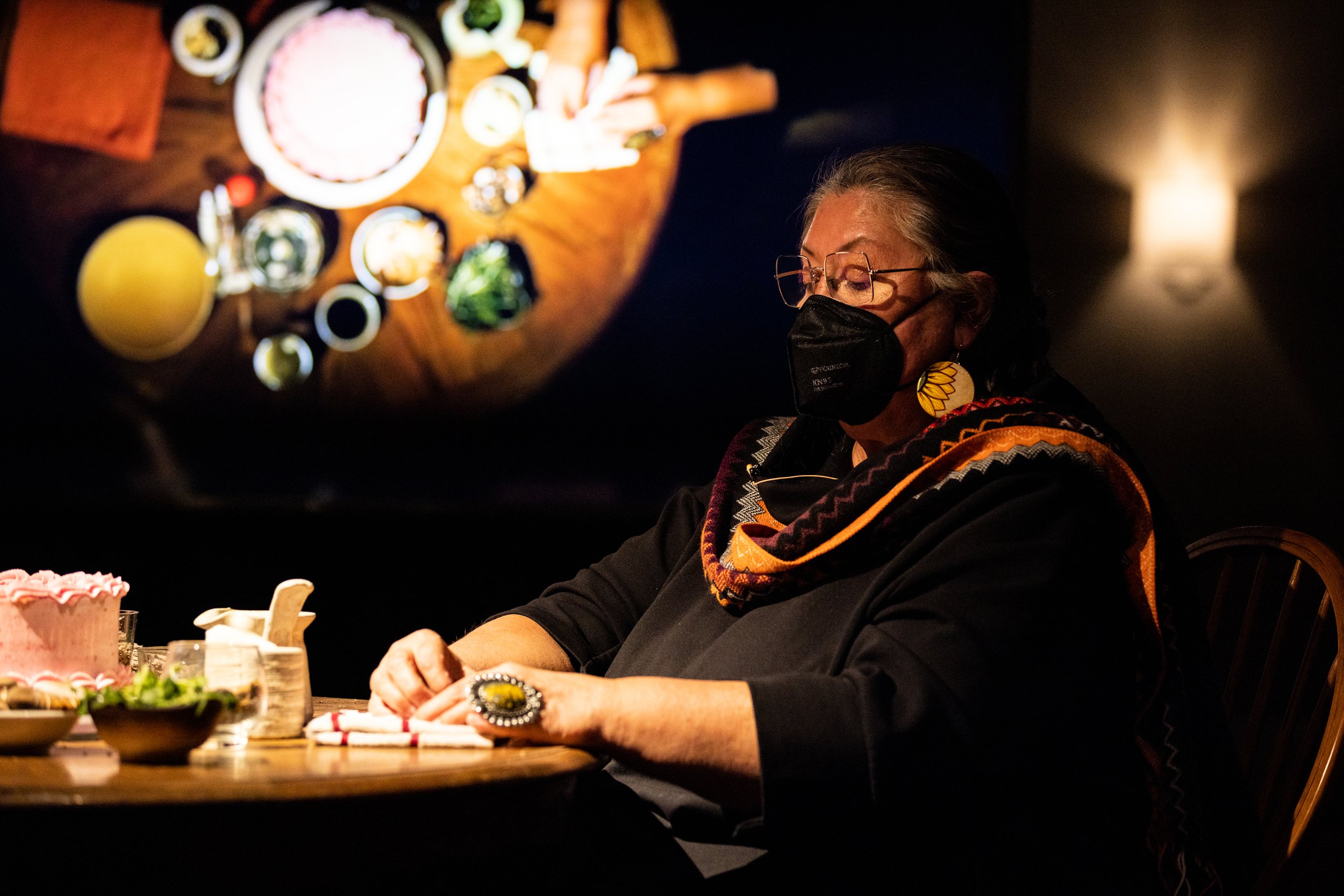
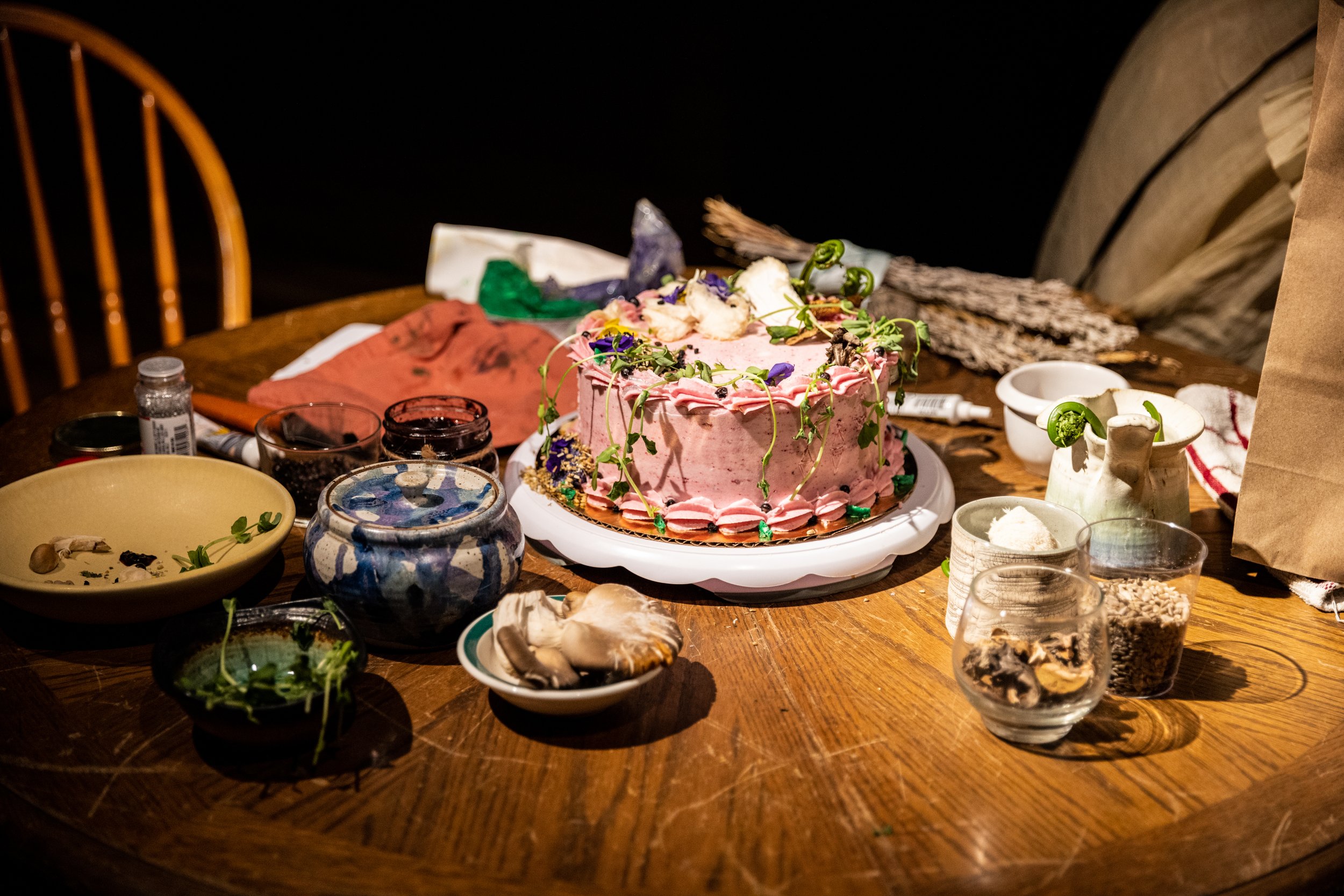
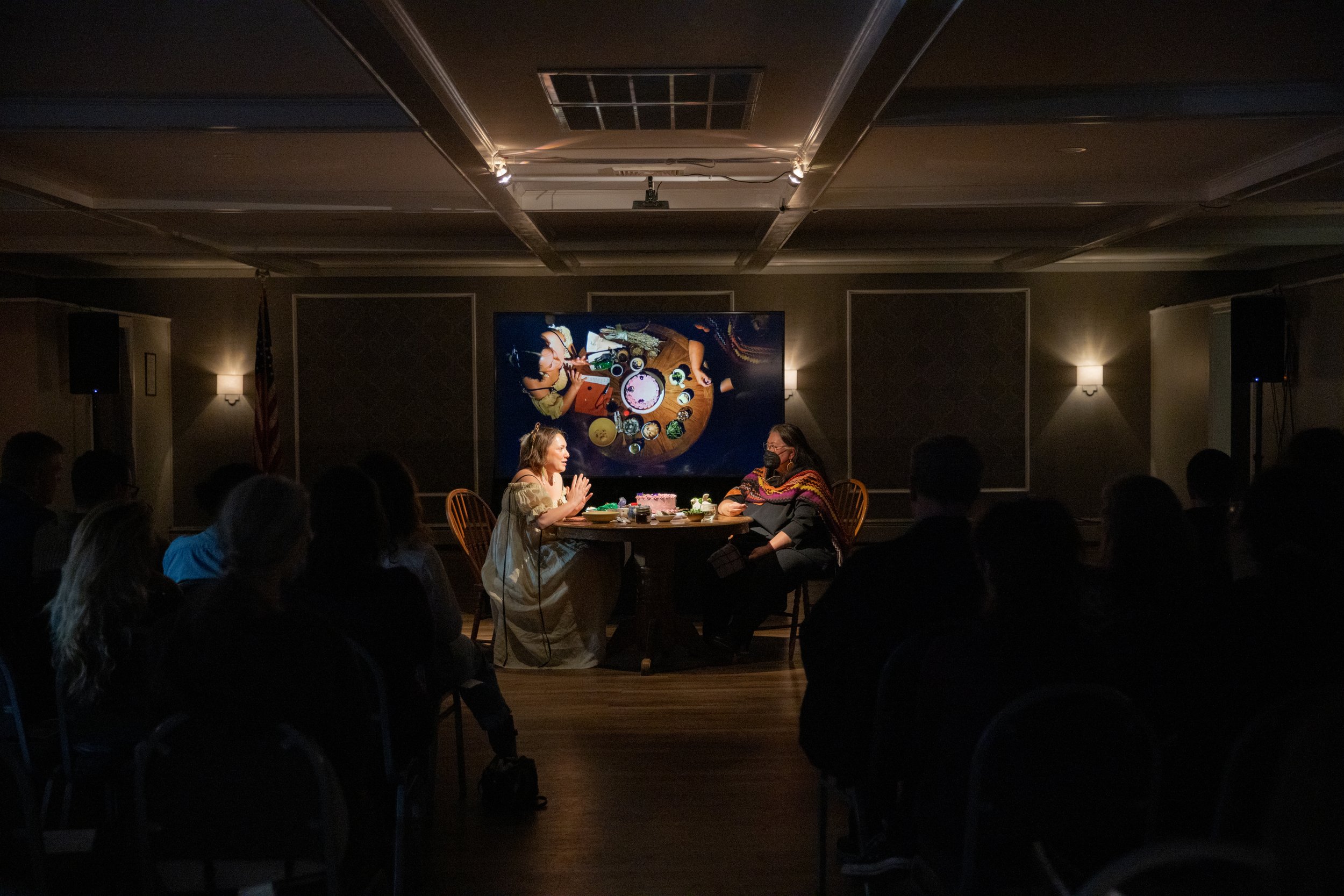
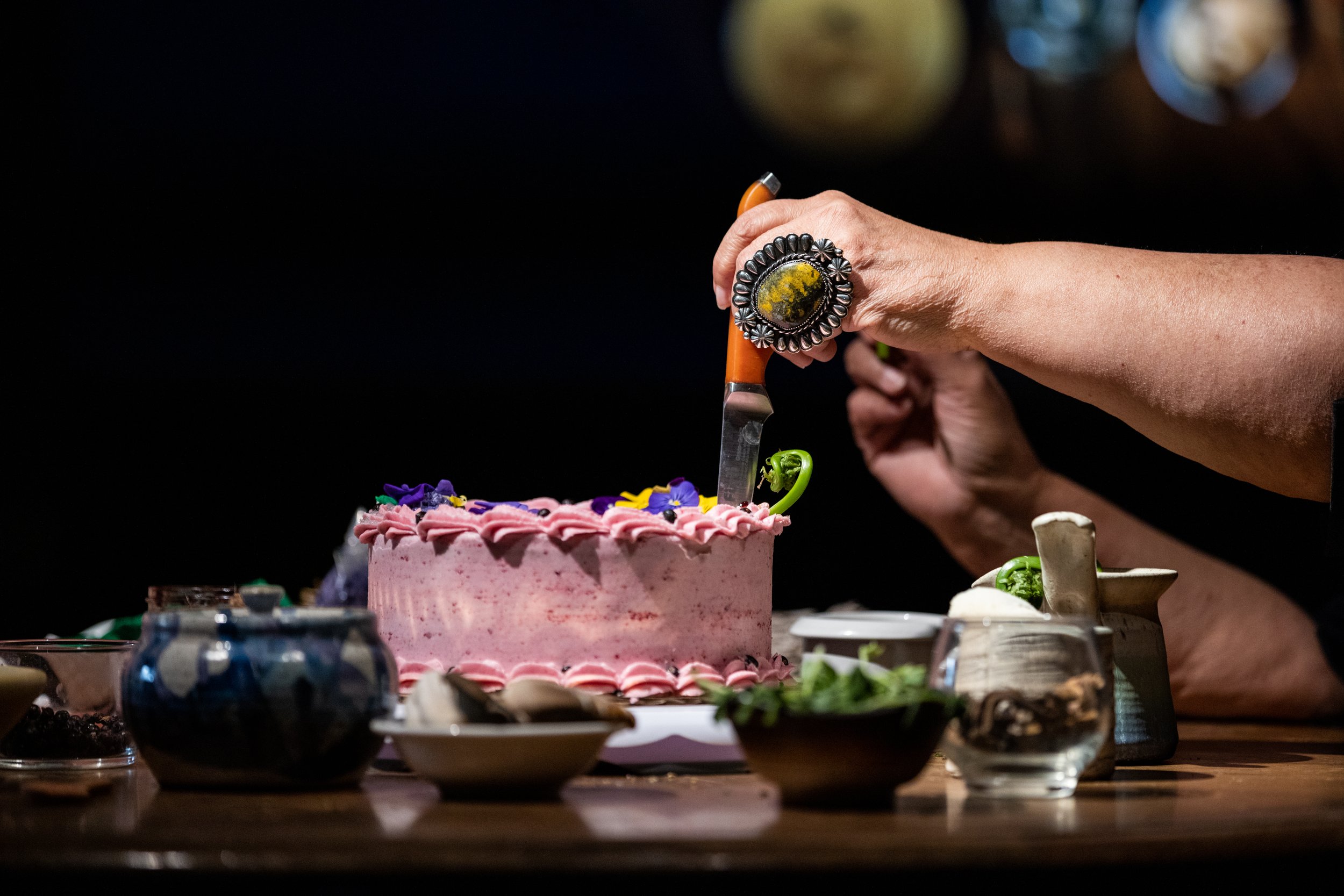
Guests
May 4 • Corey Stover
May 5 • Lou Cornum
May 6 • Jolene K. Rickard
May 7 • Alisha Wormsley
Artists & Creative Team
Kite Lead Artist
Bradley Dry Recipe Creation
Sweet Maresa’s Baker
Laura Hirschberg Production Stage Manager





